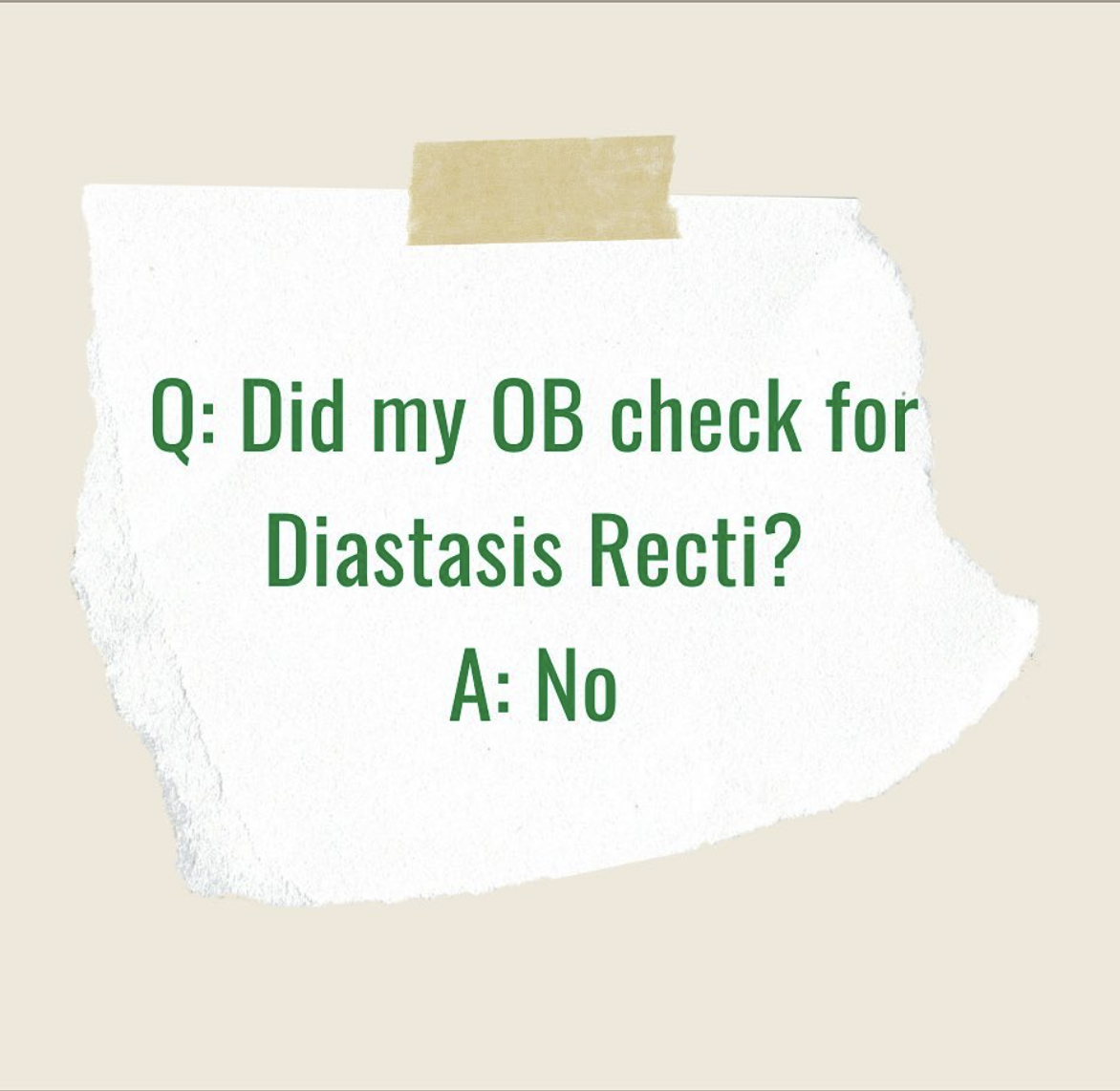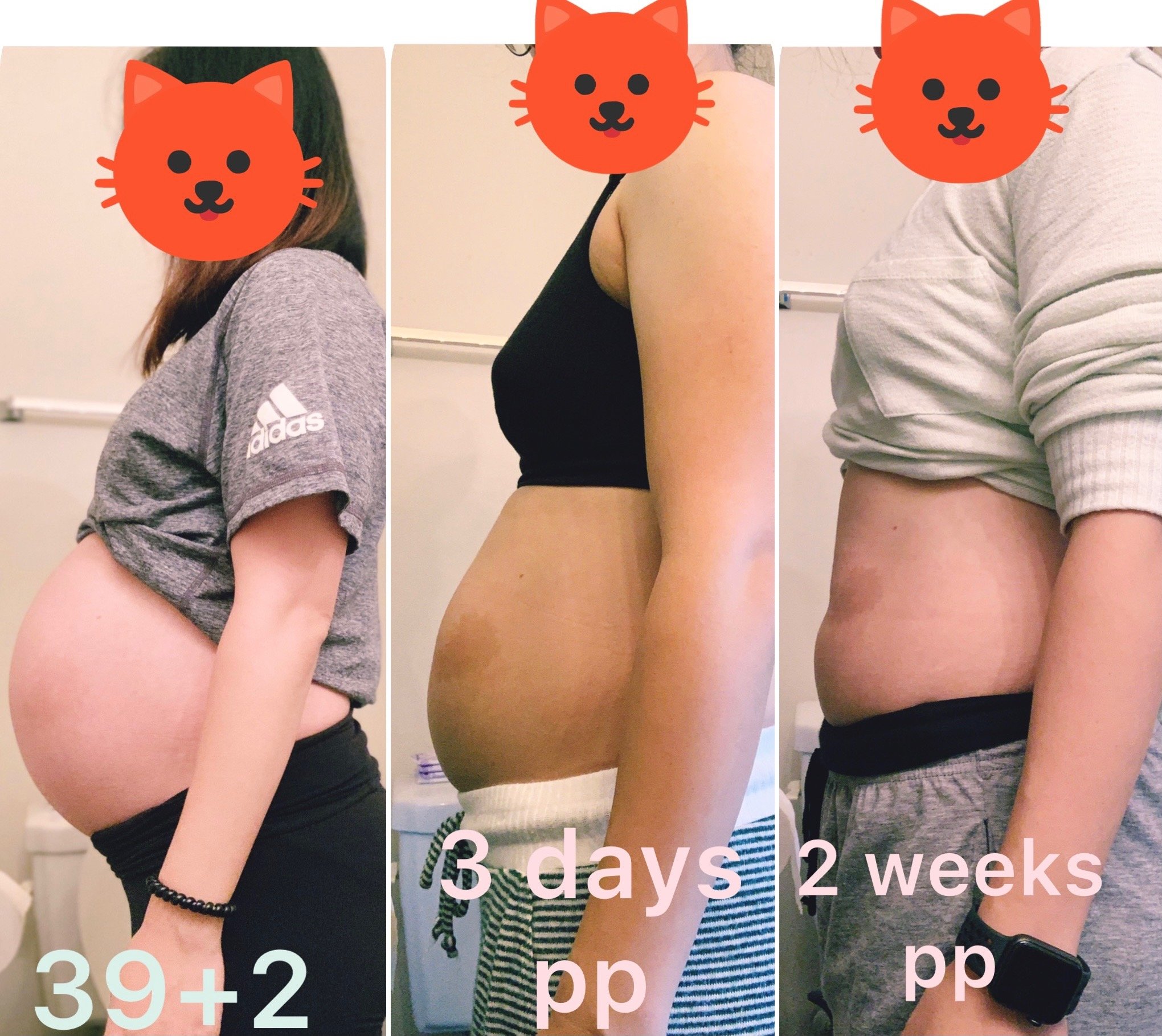C-Section Scar Care Management Part 1
C-section is one of the only major surgery that no one refers to physical therapy for post-op rehab. The procedure cuts through at least seven layers of fascias and muscles. Still, OBs only check whether the scar is healed at a 6-week check-up, and does not provide education about scar tissue management, check your core strength, or advise on how to regain core stability. The world needs more education about this issue!
Why is scar tissue management critical?
It prevents tissue adhesion, hypertrophic scars, or keloids from developing, improves the flexibility of the tissues, and decreases the area's sensitivity. You can initiate the process once your scar is healed.
Here are steps for scar tissue management:
Perform 5x once a day
🔸Circling above, below, and on the scar
🔸Pulling different directions above, down, and on the scar
Do you have any questions about scar tissue management, or are you suffering from numbness around your scar area or pain in your low back/hips/pelvis? We are here to help! Please Schedule a discovery call and see if we’re the right fit!
✨3 things to check when you go back to the gym after labor✨
1️⃣ Heaviness/pressure-like feeling around your vulva area
🔸After labor, especially for breastfeeding moms, connective tissues that support your organs are not as stable as they were pre-pregnancy. When we start to lift heavy or challenge our core stability more than our tissues can handle, there is a risk of developing organ prolapse.
2️⃣ Conning at your central abdominal line can indicate diastasis recti
🔸During the third trimester, having conning is normal but after labor, if you are still seeing conning when you do any core exercises and/or weight lifting movements then you might have developed diastasis recti.
3️⃣ Leakage during high-impact activities
🔸When doing exercises such as box jumps, double unders, and running if there is leakage, this can indicate stress urine incontinence.
_
If you notice these symptoms when you are at the gym, please reach out to a Pelvic Floor PT for an assessment to see whether you have a pelvic floor dysfunction
Why Your 6 Weeks Postpartum Check-up Should Also Be Performed By A Pelvic Floor Physical Therapist
What I experienced at my 6 weeks postpartum check-up
At my 6 weeks postpartum check-up, my OB did not assess my pelvic floor strength, organ prolapse, diastasis recti, etc. She only checked my scar tissue and cervix. I even specifically asked her to check me for organ prolapse but she didn’t. She only said everything looks like it's healing well and I should be fine.
I went back to my first CrossFit class that Monday. My body definitely does not feel the same even though I did my breathing and pelvic floor engagement exercises in combination with other movements.
9 months of pregnancy changes our body structure, movements, and proprioception. Your body won’t be back to normal in 6 weeks. Having a check-up with a pelvic floor physical therapist can help you understand where you are physically.
You will have a better understanding of which areas you need to work on and the process of getting back to the things you love to do prior to pregnancy.
Postpartum fact-check series 1: Why do I still look pregnant even after labor?
Our Co-Founder Jessica recently gave birth to a healthy baby boy! Here is a series where she shares her own experience during prepartum/postpartum. She hopes that this information can help moms or soon-to-be moms clear up any uncertainties as well as give advice and encouragement.
__











